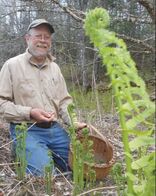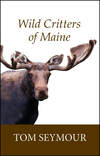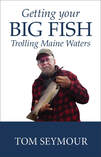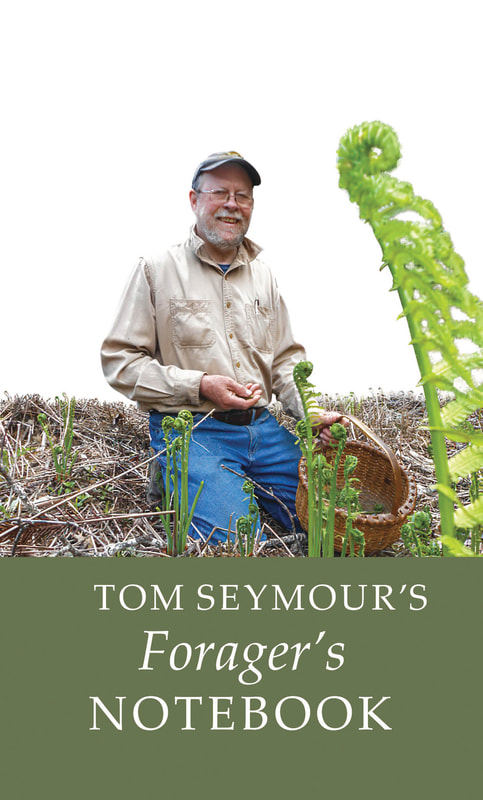|
Today, March 21, the first day of spring, dawned clear and cold. Frozen maple sap in my containers dashes my hopes for some fresh, maple syrup. But the worst is the road. Oh, that awful road that I live on. In past years, this rural road had little traffic. Perhaps a half-dozen or so vehicles would pass by during the course of a day, sometimes nowhere near that many. That’s because development had not yet reared its ugly head. Now, with houses springing up like mushrooms on a September morning, the amount of road use has greatly increased. But the number of hours spent on road maintenance has remained the same. This has changed the yearly ritual of driving down a muddy, rutted road, to driving down a road filled with potholes. In this case, the area of potholes is far greater than the area of level road. I prefer ruts...at least you could get a running start and kind of “swish” through them. Once in a while you would slue from side-to-side, but that was kind of fun. Now, with the road little more than a greatly-magnified corncob, it is impossible to drive fast enough for the speedometer to register. At the slow crawl required for the vehicle to remain intact, it looks like you are going zero miles per hour. Part of the problem is that many parts of the road were once corduroyed. That is, logs were placed side-by-side. These would sort of fl oat on the soft ground through which the road led. Then, at one point, the logs were covered with gravel, to kind of smooth things out. That was more than fifty years ago, but still, the outline of the corduroy becomes apparent on occasion, such as in early spring. Sometimes a loose log or a portion of a log will work its way to the surface, causing terrible discomfort to all concerned. The old-time plague of mud and ruts quickly dissipated when things dried out. But the new enemy of hundreds of thousands of sharp-edged potholes just worsens, defeated only when the road grader finally arrives. So now, it takes a major need to inspire me to leave the house. If I can possibly do without something, I will do without it. I’m situated so that either way I turn upon leaving my driveway, I am compelled to negotiate a virtual minefield of deep potholes. I am marooned on my own property, an unwilling hostage of an overused, poorly-maintained road.
1 Comment
While spring hasn’t officially arrived, it has sent its emissaries to cheer us.
Chickadees have changed their call to a raspy, “fee-bee,” something they do every spring just ahead of mating season. A flock of Canada geese flew over last week, another indicator of coming warmer weather. Lastly, large flocks of robins are in evidence all over, including in my yard and on my crabapple tree. There, these members of the thrush family pick the tiny, red crabapples that have made it through the winter. And instead of being “resident” robins, the kind that spend winters on the coast, these are present in sufficient numbers to tell me that they are true migrants, the red-red robins of spring. So there we have it. We’ll certainly see more cold weather and even some snow, but it means nothing. Spring stands at our doorstep and there’s no turning back.
Much of my life was spent in denying the truth that change is inevitable. But as much as I have fought it, change has become even more pronounced.
These and similar examples of change rank as nothing but the natural cycle of things and can not be considered either good or bad. Other kinds of change, though, have a more sinister character. Deforestation in the form of “liquidation cuts” makes me cringe. This is often done because someone plans on putting their property up for sale, trying to reap all the financial benefit possible in the process. Woodcutting for the sake of sustainable harvest is a good thing. But as a friend once said: “In northern Maine they cut trees and grow trees. In southern Maine they cut trees and grow houses.” That practice is creeping northward. So when you notice that someone has cut every tree down to those the diameter of a coffee can, you can rest assured that the place is going on the market soon. In the case of a large woodlot, liquidation cutting serves as a prelude to subdividing the land. Nowadays, houses spring up like mushrooms after a September rain. Places where once people like me hunted, fished, foraged and communed with nature become someone’s backyard in less time than it takes to tell about it. In the end, the character of a community becomes completely changed. New people move in, people who never knew old Mr. Peavey who lived in the ramshackle house atop Peavy Hill, people who have no idea that the place where they built their houses was once a milk stop on a long-forgotten railroad. People who never knew and don’t care to learn about place names and how those names were acquired.
My point is not to criticize any person, persons, group of persons or anything of the sort. Instead, I bemoan the loss of a simpler culture, one that fostered me and was always kind to me. Here are some examples of how things went in simpler times. When someone caught a 12-inch or bigger brook trout, it became the talk of the neighborhood. Ditto for a buck deer. In fact, a common practice for country people on a Sunday afternoon was to drive around and stop in where a deer was hanging. The visit was to congratulate the successful hunter. That was just kind of nice. Today, few display their deer because of growing anti-hunting sentiment. The first person to pick a mess of fiddleheads was always a celebrity, although that fame was short-lived. When someone drove too far to the right during mud season and became stuck in the mire, there was never a need to call for a tow truck because sooner or later someone would come by and would hook a chain to your vehicle’s frame and pull you out. And never would one of these good Samaritans accept a dime for their service. I once got stuck on a back road. In less than ten minutes, a man came by with a team of horses and, “twitched” me out. He wouldn’t accept any money and instead, was only too glad to help. Back then, April vacation meant seeing two or more bicycles pulled up at every stream crossing. Youngsters loved to fish and this was their week-long opportunity to get out in spring and fish for native brook trout. Today, computers and video games have largely supplanted such endeavors. And instead of seeing school children on their Schwinns, we see adults, mostly clad in brilliantly colored, skin-tight raiment. Kids don’t ride bikes much anymore. The white perch run was always a huge, community event, even more popular than public suppers. White perch, a tasty fish that finds itself equally at home in fresh or salt water, spawn in spring and typically run up from a lake or pond into some shallow river to spawn. Best fishing occurred in late afternoon and early evening, which worked out well for working folks. When the run was at its hottest, every bridge and stream crossing saw hoards of anglers, good-naturedly jostling for a place to stand and cast for hungry perch. It was a carnival-type atmosphere but despite that, I never saw anyone become irritated or mad. It was all just good, clean fun.
I could go on. But there’s really no need to. None of what I have listed really matters much in the long run. Wishing for things to return to the ways of the past is time misspent. Like the Plains Indians partaking of the Ghost Dance, where they thought if they danced hard and long enough, the buffalo would return and the white man would move away, there is not a single thing we can do to co-opt change. “Progress,” that’s what they call it. But as Hank Williams famously said, “Memory is one gift of God that time cannot erase.” And so I live in the present and have hope for the future, while relishing the past. That, it seems, is a healthy attitude.
As a wild plant enthusiast, winter stands as a downtime with few redeeming qualities. But there are five things I like about winter. These are:
Okay, these sound redundant. But when cooped up inside with no place to go and nothing to do except feed the woodstove, redundancy becomes the norm. By now, you see that I really don’t care much for winter, despite the deceptive title for this blog entry. I just did that to gain your attention. But now, since we are nearing mid-February, the light at the end of the cold, dark tunnel has begun to shine. Soon, we’ll see tangible signs of spring.
So coltsfoot really stands as the plant world’s truest harbinger of spring.
In another sign of spring, a friend told me that yesterday, he saw a flock of Canada geese flying north. It’s easy to assume that these are returning from the south but that’s just not so. It can’t be, because our lakes and ponds are all frozen solid. These geese must be going from one protected Penobscot Bay harbor to another. The real deal will happen soon, though, and it’s only a matter of weeks before we will see those long, ragged ‘Vs’ of migrating geese and hear their echo-chamber chorus of honking. And despite snow, freezing rain and cold temperatures, the sun rises higher in the sky with each passing day. Soon, the deep slant of the winter sun will give way to our star casting a more direct light, not so offensive to drivers and more conducive to starting new plants on windowsills. For me at least, winter takes a beating when people begin calling and asking me to do wild-plant presentations come spring. Just discussing spring, wild plants and an end to winter sets my spirit soaring. Finally, and there’s no denying it, we are on the downslope, winter has passed its prime and spring, with every wonderful thing that accompanies it, will soon arrive. Now that’s what I really like about winter.
Every once in a while in winter I’ll go on a photo, “adventure” with friend and wildlife photographer David Small. Dave introduced me to this cold-weather activity and now I’m hooked. It amazes me just how much wildlife a person can see by just looking out over a protected harbor. Seabirds, many of which are only present in winter, swim past in wild profusion.
Lively Time Too many people have the mistaken idea that our bays and seashores are bereft of life in winter. Instead, though, winter sees a great deal of wildlife activity. You just have to get out there and watch in order to see it.
Cabin Fever Reliever For me, getting out on a photoshoot in winter means getting out of the house. A freelance writer, I am cooped up all winter, sitting at my writing desk in a wood-heated office. So going to various harbors up and down the Midcoast region gets me out and breaks the “cabin fever” stranglehold. It’s also a time to dine out. Hot beverages never taste as good as when consumed after coming in from the cold.
I have seen subzero temperatures and serious blizzards in the middle of March. So the woodchuck’s less appealing weather forecast still sounds good for folks here in Maine. And if the garden-destroying marmot (the scientific name for a woodchuck is Marmot monax) predicts an even earlier spring, so much the better. Most everyone views the idea of a woodchuck coming out of its den on February 2 as rank superstition. And of course, it’s true that animals have no way of reckoning any specific date. However, a woodchuck’s hibernation period usually ends sometime in late February. And if a warm spell hits Maine around Groundhog Day, the animal may well stir, go outside its den and walk around for a bit and then return to its den for some more hibernation. So woodchucks do, in fact, walk around outside in February, snow or no snow. In fact, I have been temporarily puzzled by woodchuck tracks on the snow. The answer came when I tracked the critter to a known woodchuck den. Anyway, as per forecasting the arrival of spring, the woodchuck is indeed a poor prognosticator. So there you have it. Woodchucks may in fact leave their den on or around Groundhog Day. Just don’t believe what they have to say about the weather.
Instead of lures or flies, we brought a pail of live bait, golden shiners. Trout won’t travel too far now that the water has become super-chilled and in order to entice them to bite, we need to put the most attractive offering possible right in front of their noses. This requires fishing on or near bottom, something not always possible with flies or lures. We fished our first spot, with no results. So then we decided to give another popular river a shot. And as expected on a nice, warm day, even one in January, fly-fishers were out in droves. The pools we wished to fish were jam-packed with fly casters, some wading (this is a small river and it is possible to cast all the way across it, no real need to wade) out in the middle of the pool. Disgusted, I didn’t even take my rod out of the car. But Allen, undaunted, chose the only remaining spot on the river that wasn’t occupied by people with fly rods. Hooking on a live shiner, Allen dropped his offering down and almost immediately, got a bite. The fish got his bait without getting hooked, so he re-baited and this time he hooked the fish. The fly-fisher, wading in the pool just upstream of the bridge, watched in obvious disgust, as Allen derricked his 12 ½- inch brook trout up to the pavement.
It all just goes to show that waders, fancy equipment, hundreds of fly patterns and everything else that goes along with it, don’t necessarily translate to a productive day on the water. Just ask my buddy Allen.
Every once in a while in winter I’ll go on a photo, “adventure” with friend and wildlife photographer David Small. Dave introduced me to this cold-weather activity and now I’m hooked. It amazes me just how much wildlife a person can see by just looking out over a protected harbor. Seabirds, many of which are only present in winter, swim past in wild profusion.
Lively Time Too many people have the mistaken idea that our bays and seashores are bereft of life in winter. Instead, though, winter sees a great deal of wildlife activity. You just have to get out there and watch in order to see it.
Cabin Fever Reliever
For me, getting out on a photoshoot in winter means getting out of the house. A freelance writer, I am cooped up all winter, sitting at my writing desk in a wood-heated office. So going to various harbors up and down the Midcoast region gets me out and breaks the “cabin fever” stranglehold. It’s also a time to dine out. Hot beverages never taste as good as when consumed after coming in from the cold.
the name brings back happy memories. But then as the years rolled on, Postum became less popular and eventually the company went out of business. I didn’t know it, but another company recently began manufacturing Postum once again, after all that time. Every so often over the years, something would trigger my memory and thoughts of Postum would pass through my mind. And so when I spied a jar of Postum on the shelf at Hope General Store in Hope, Maine, I was delighted.
And so there it sat, viewed by many who in all likelihood had no idea what the stuff was. Until I saw it. For this lady to do something so kind, for a stranger, was beyond belief. What’s more, she was very pleased to find someone who enjoyed Postum. I told her about how, as a youngster in the very early 1950s, my grandma would make two cups of Postum, one for me and one for her, and we would sit around the table and discuss matters of the day. And because of that kindly lady at Hope General Store, it all came back, those Halcyon days of youth. Back home the next morning, it was time to see if Postum still tasted the same. Had my perhaps, overactive memory filled in blanks that were never there? Did the stuff still taste as I remembered? One sip said it all. Mildly sweetish and with no trace of bitterness, I was transported back 60-some years in time. So hold on to hope, hope that somewhere out there is a person you don’t even know, who will bolster your faith in the goodness of people. By the way, most stores have yet to stock Postum. Health-food stores, though, may have some on hand. Postum is also available online, from the company. Just type in “Postum” on your search engine.
Then suddenly, the still woodlands erupt in a cacophony of chatter and squawks. A red squirrel has spotted the hunter and has turned itself into a one-squirrel, three-ring circus, chattering, tail whipping, jumping and running in first one direction, then the other. To make matters worse, once a lone red squirrel begins its noisy protest, other squirrels in the vicinity often add their two cents to the matter. In the end, the notion of waiting for a deer becomes an exercise in futility. Times have changed That was then and this is now and that same hunter on the same deer stand can easily sit in place all day and never even imagine a red squirrel. But where did the squirrels go? What could possibly erase such a strong presence as red squirrels?
The idea, then, is that starving owls have eaten all the red squirrels. It’s a nice-sounding answer to the question of where the red squirrels went, but is it accurate? Owls are nocturnal, while red squirrels are diurnal; they become most active at dusk and dawn. Red squirrels do range about in the daytime, but only very rarely at night. Also, owls need a bit of room to swoop down and grab their prey. But since red squirrels spend the night in trees, it’s difficult to imagine how an owl could manage to kill a squirrel at all. Something else must have caused the red squirrel population to plummet. Perhaps I’m wrong. But perhaps I’m right, and if so, what might we consider next? Migration Theory Well, squirrels migrate. The gray squirrel irruption of the last several years has ended abruptly. The squirrels just left. It’s a known fact that gray squirrels migrate en masse, sometimes crossing major rivers, lemming-like in their mass pilgrimages. So might red squirrels have done the same thing? Until someone can definitely prove where the red squirrels went, I’m sticking to my migration theory. And with that, I’ll go further out on the proverbial limb and predict that just as they left, red squirrels will return. Range maps of various wildlife species remind me of the shapeless blobs inside a lava lamp, constantly expanding and contracting. Much of this is easily explained by changes in food sources, along with other more subtle factors. In summation, I’m not too worried about red squirrels. My thought is that somewhere, someplace, there are an awful lot of red squirrels and they will eventually return to their traditional haunts. We’ll just have to wait and see how it all shakes out.
|
AuthorAn avid writer and naturalist, Tom writes four regular columns and a multitude of features. He wrote a long running award winning column "Waldo County Outdoors" and a garden column for Courier Publications Archives
November 2020
Categories |
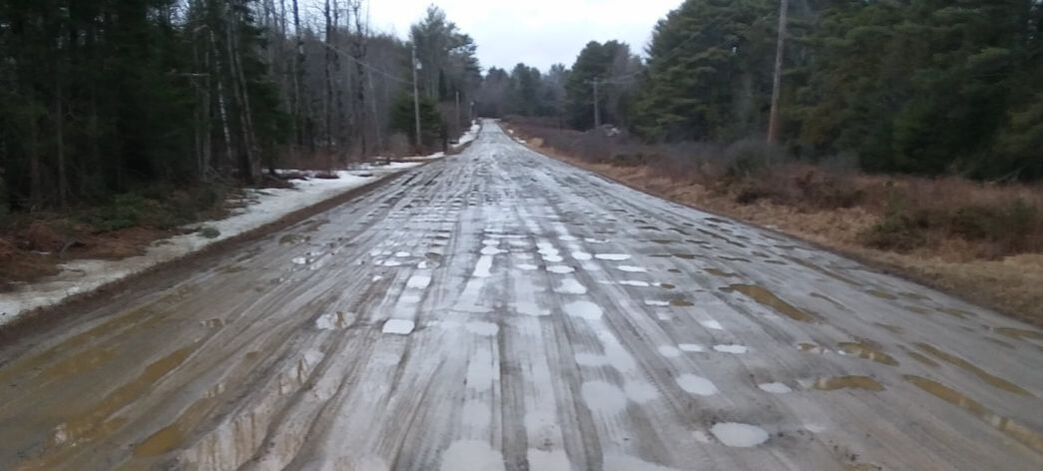


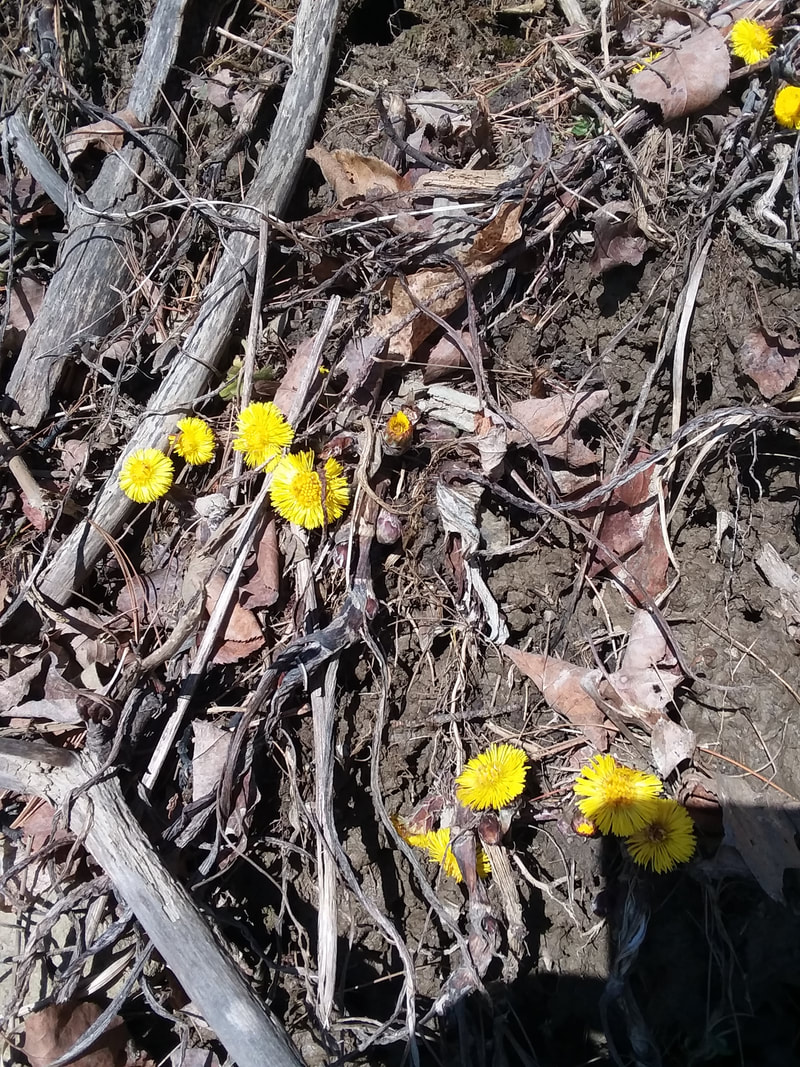


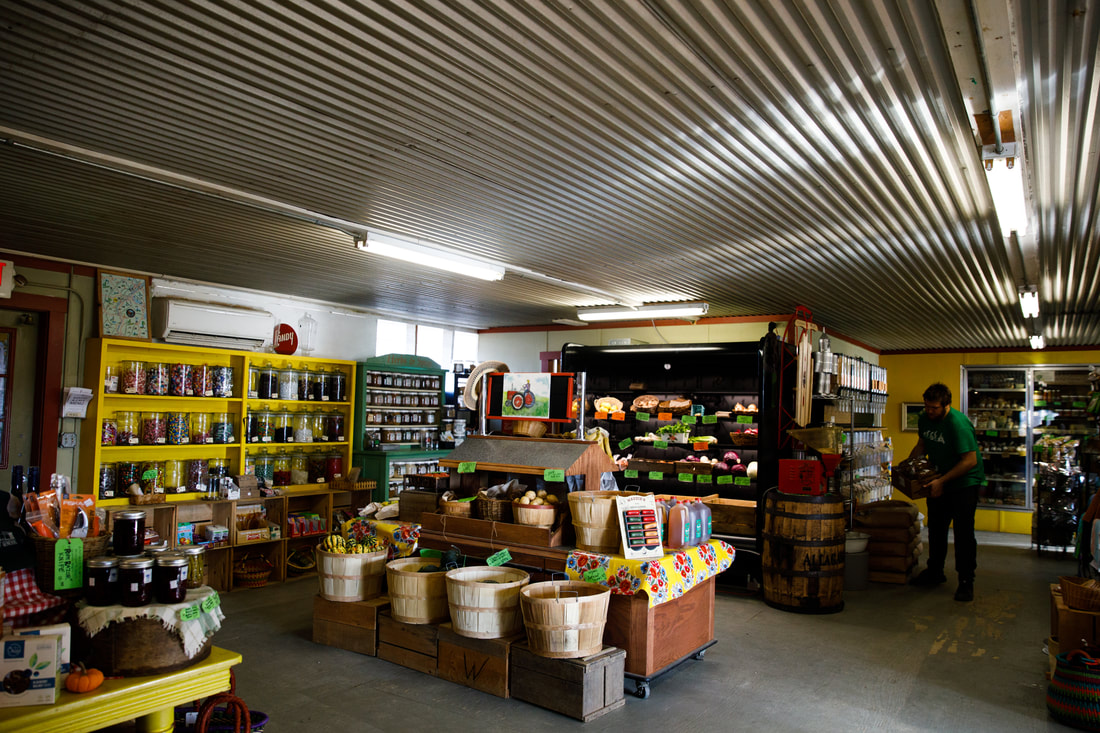
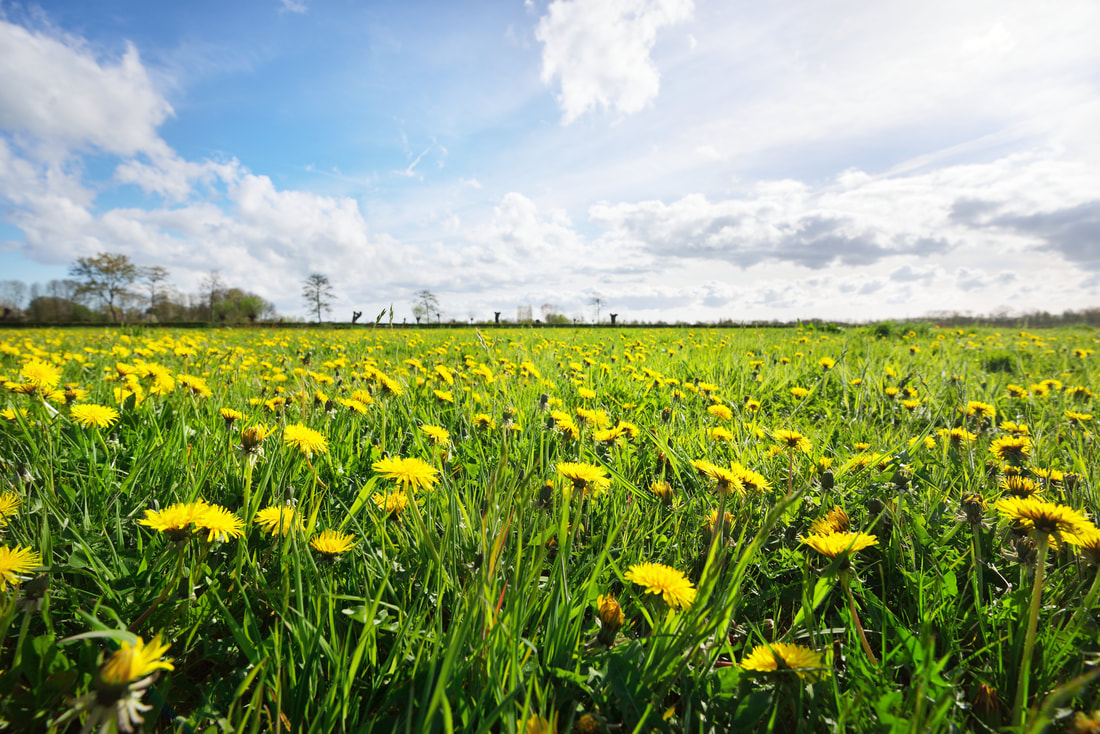

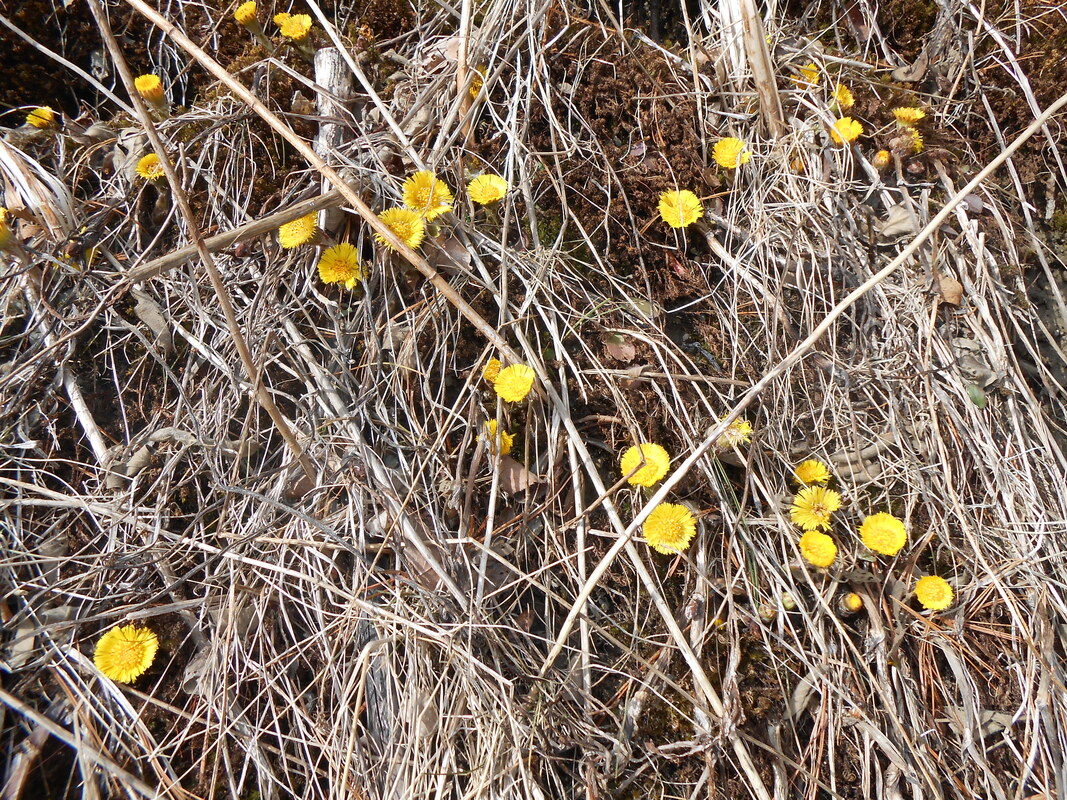


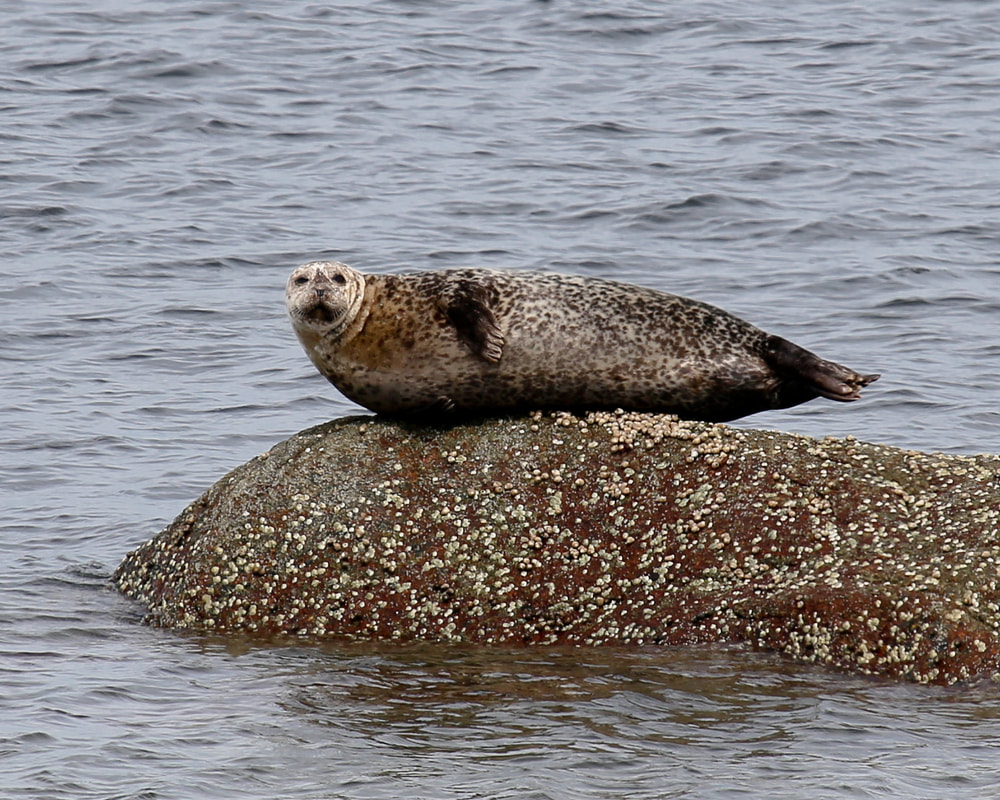
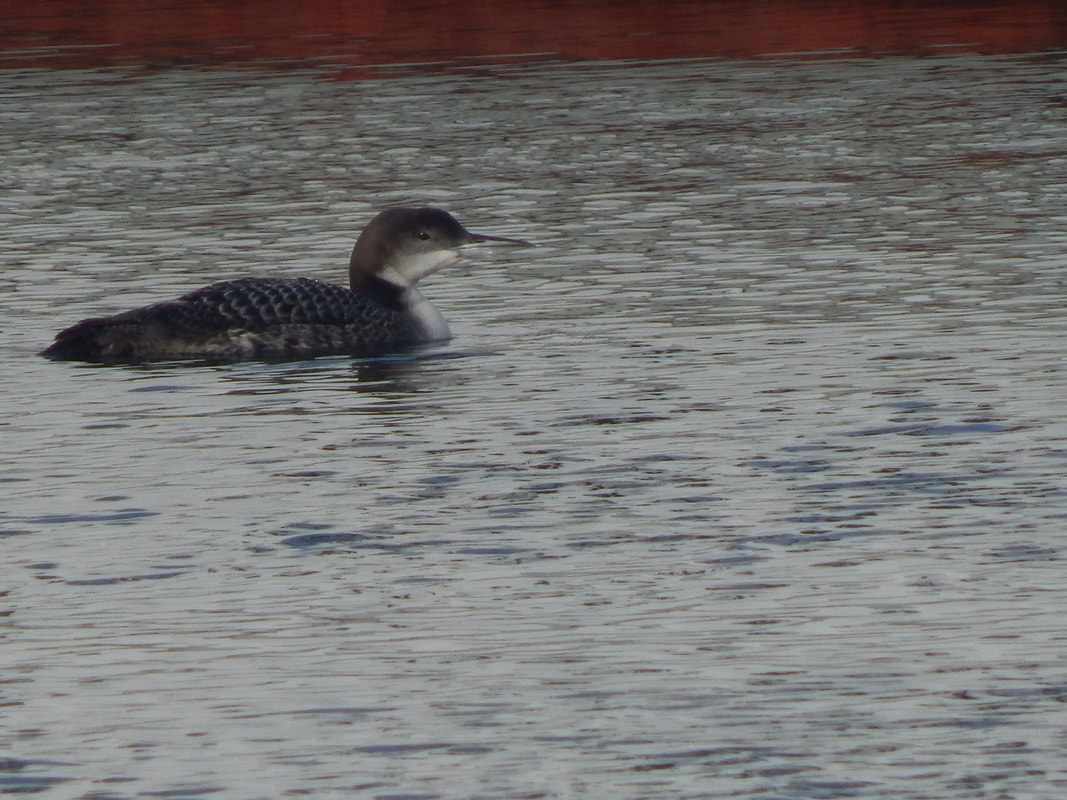
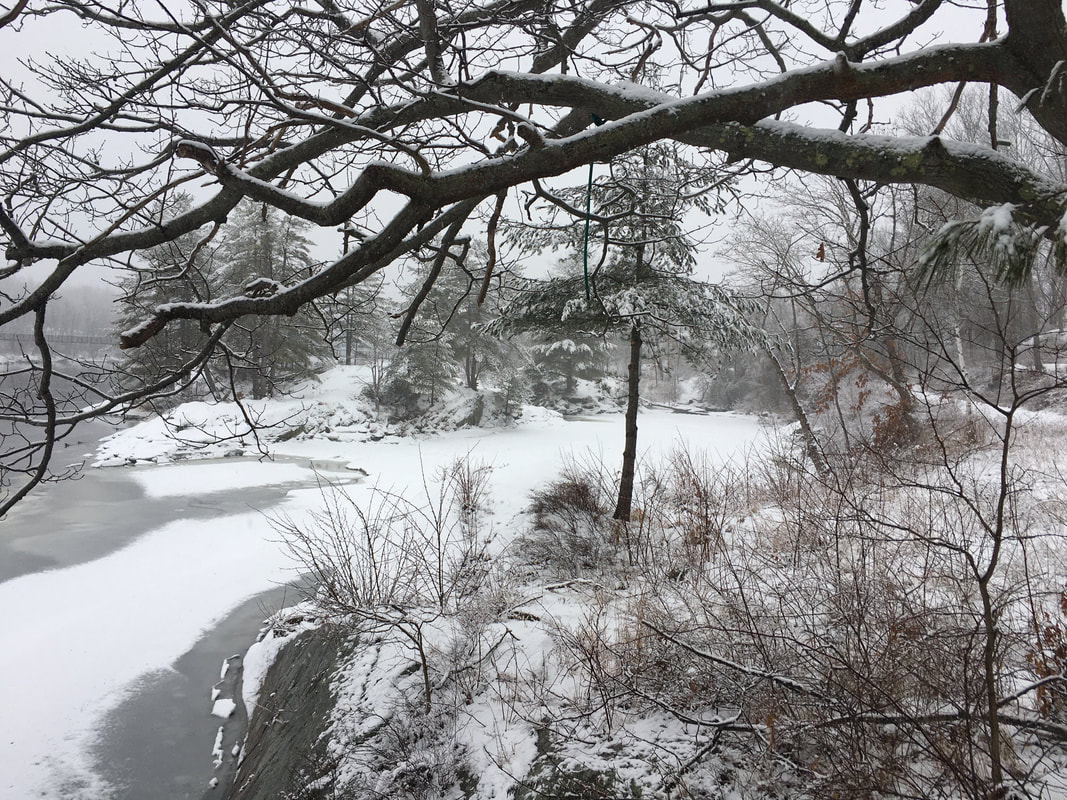

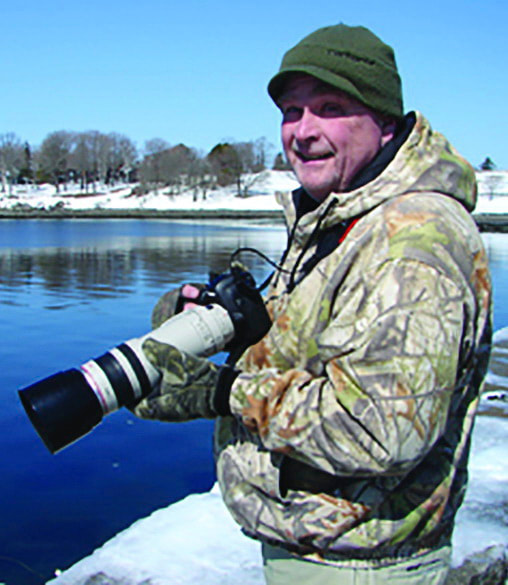


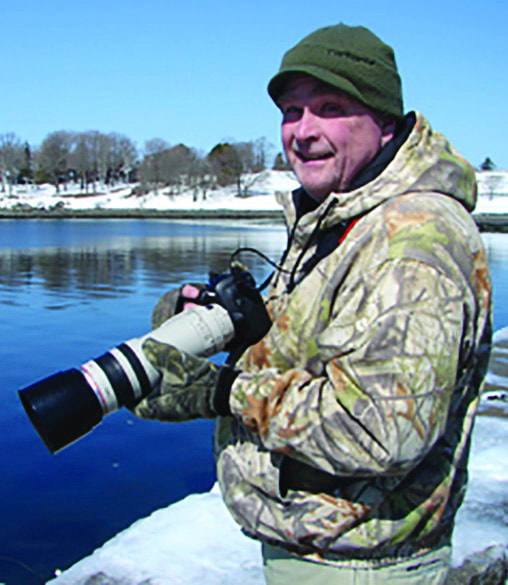

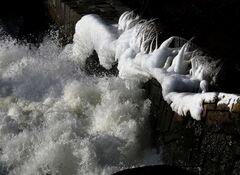
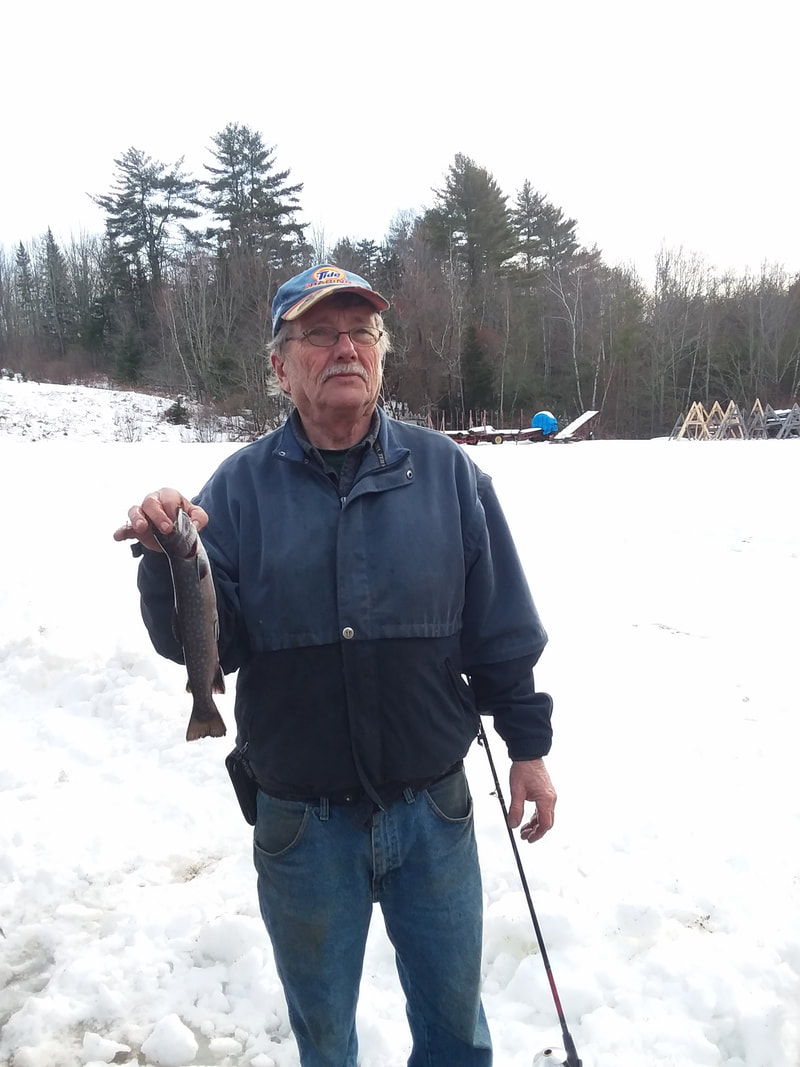

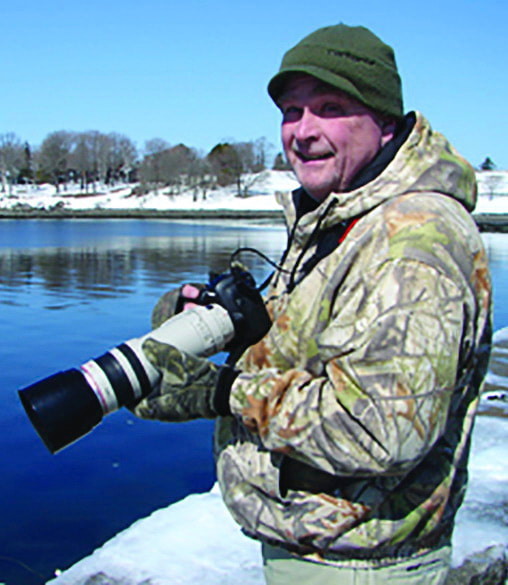
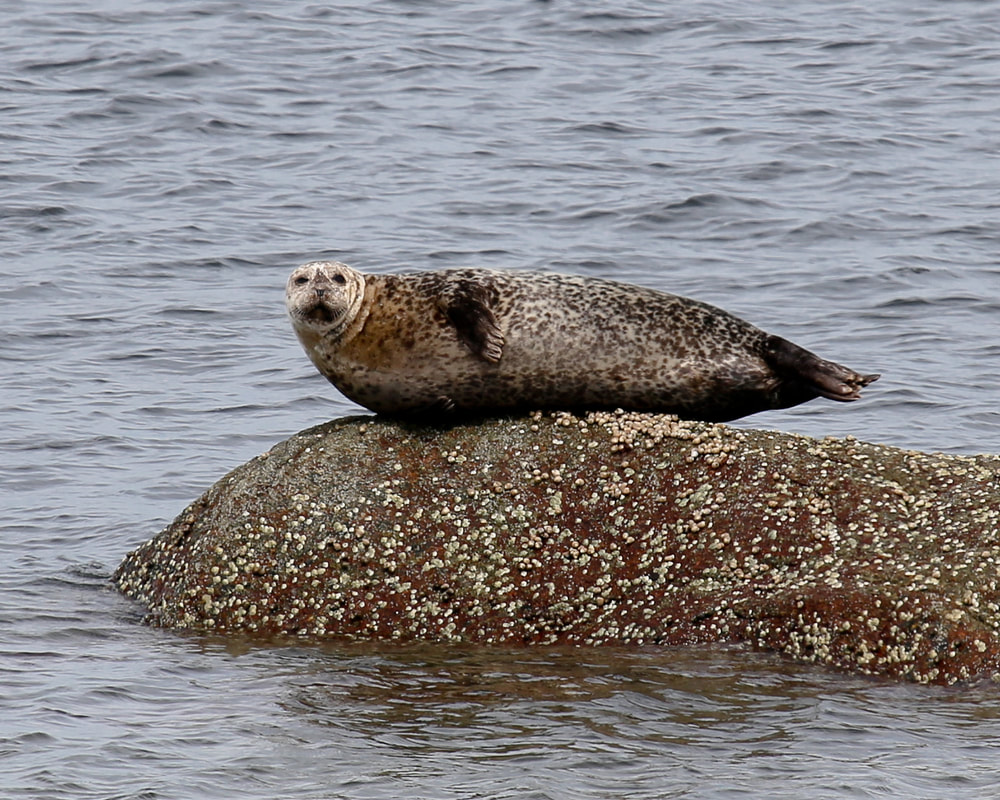
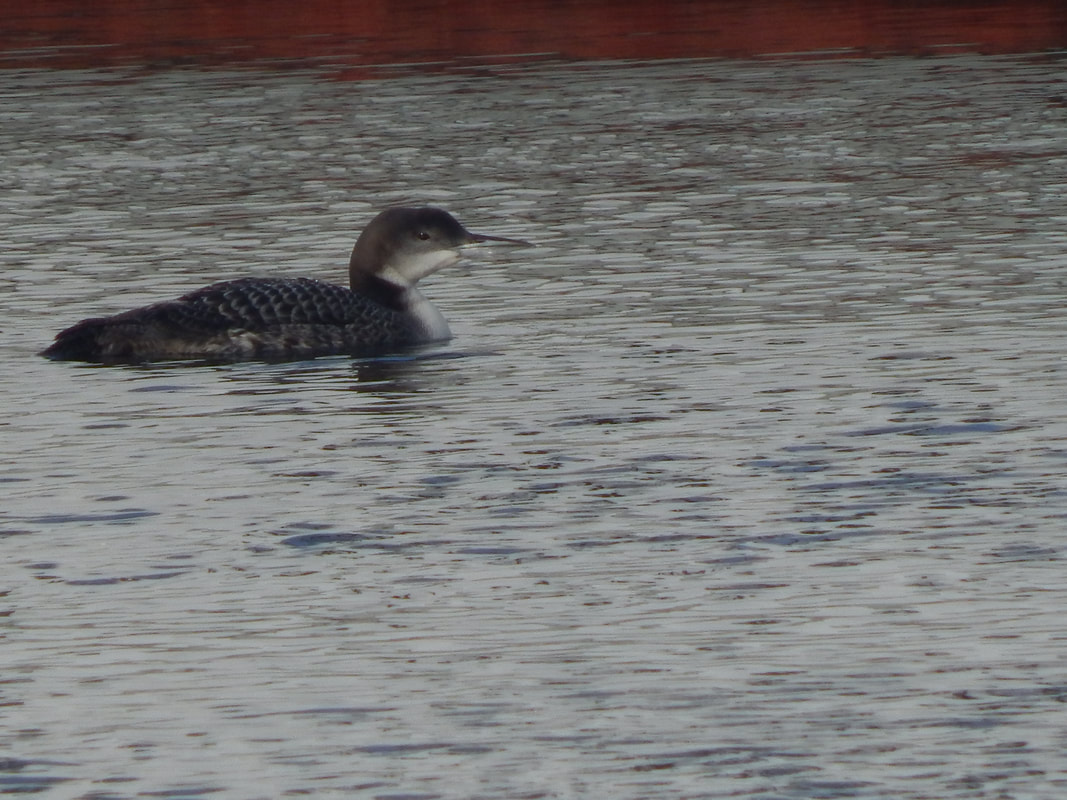
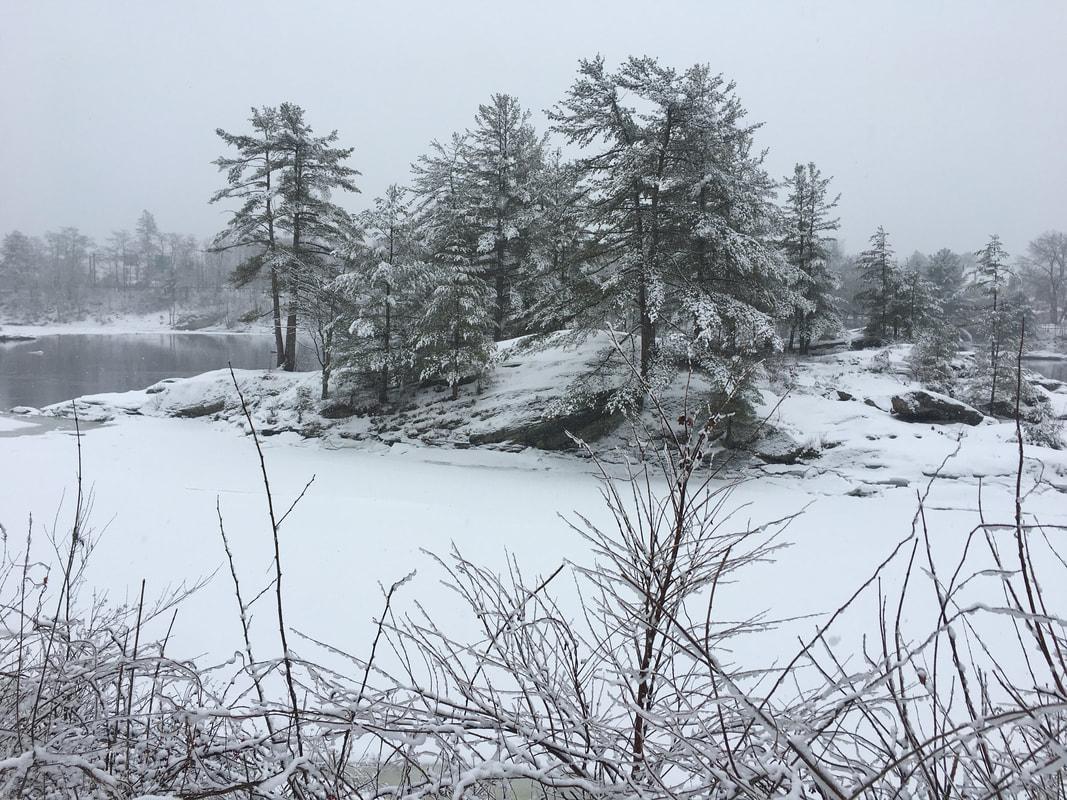
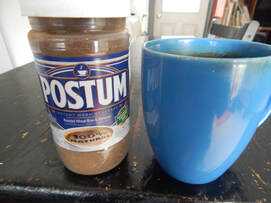
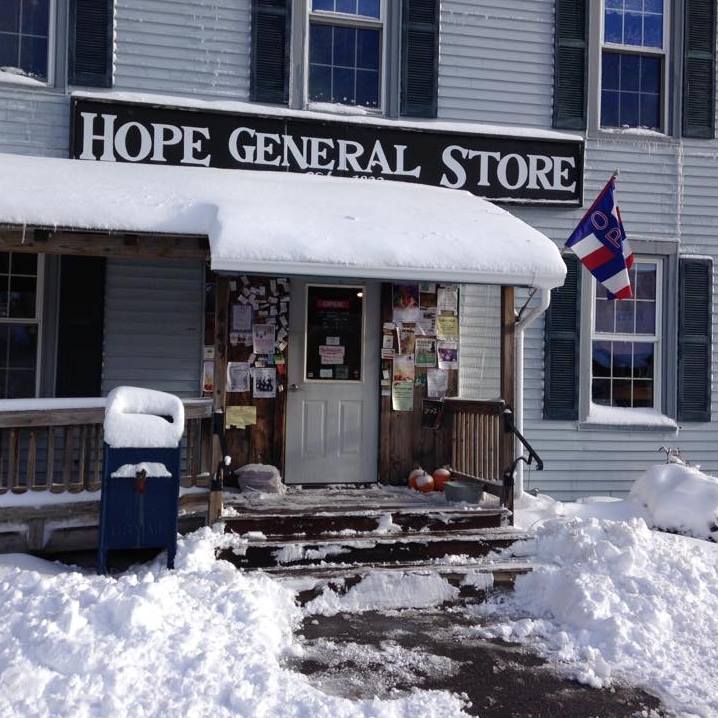

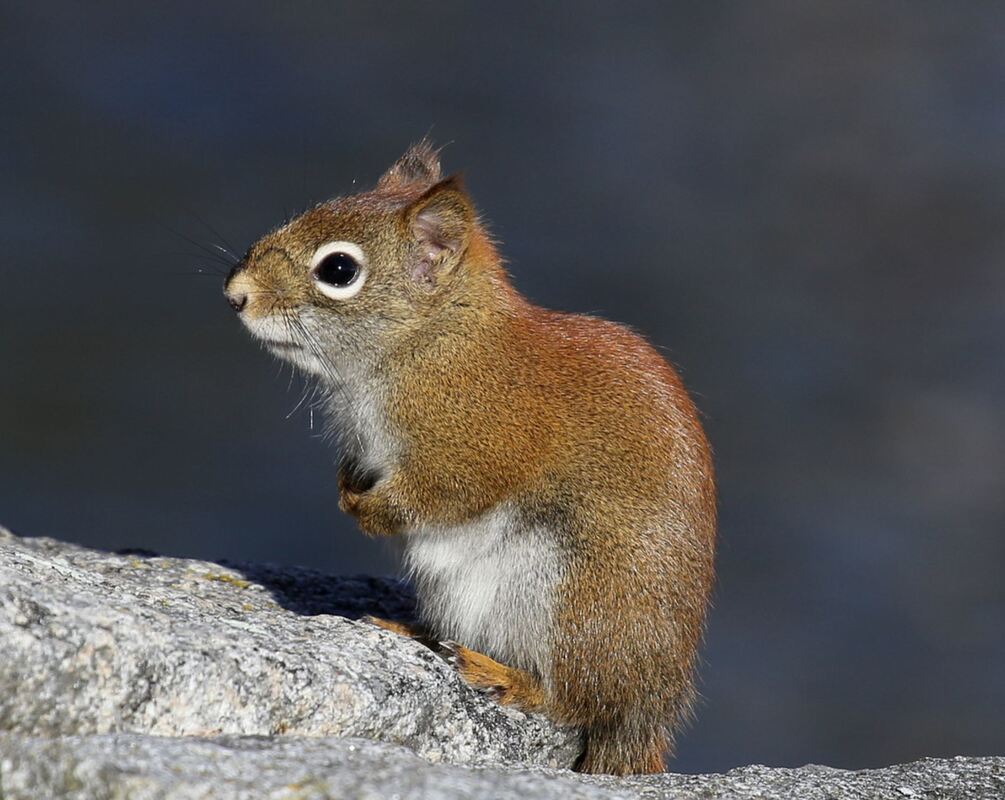
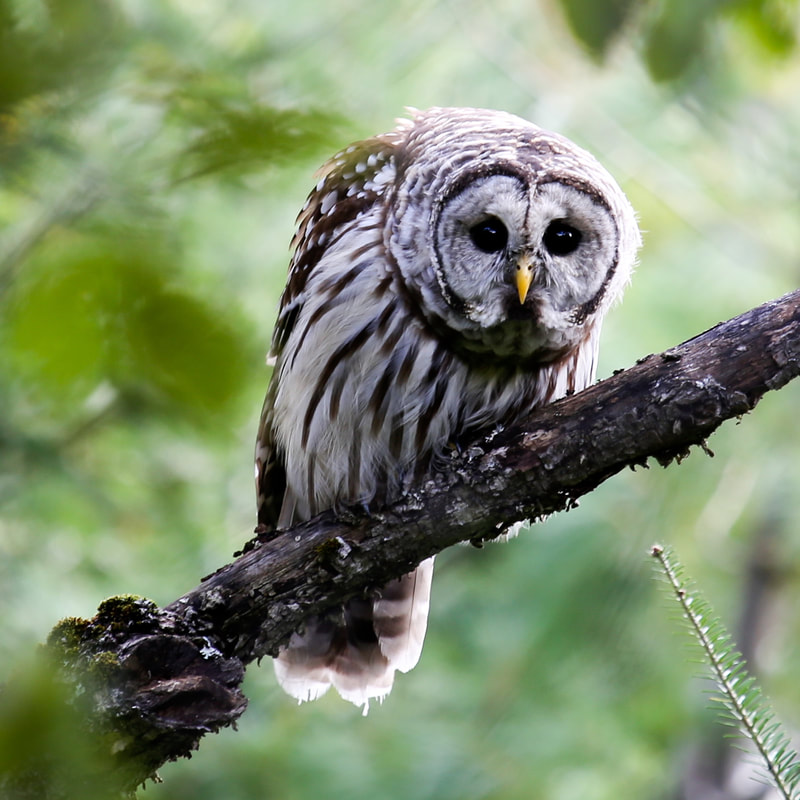

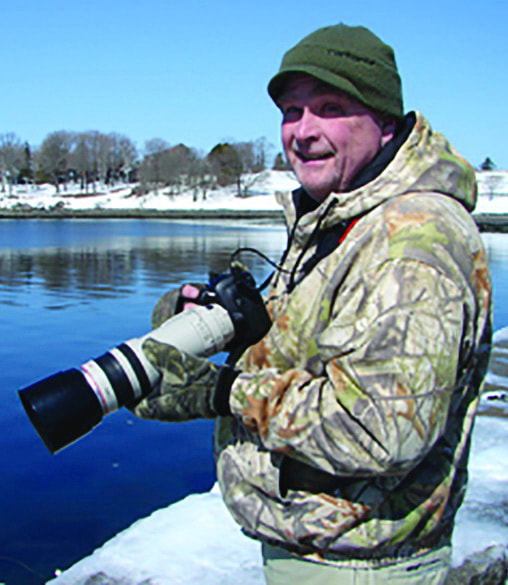
 RSS Feed
RSS Feed
